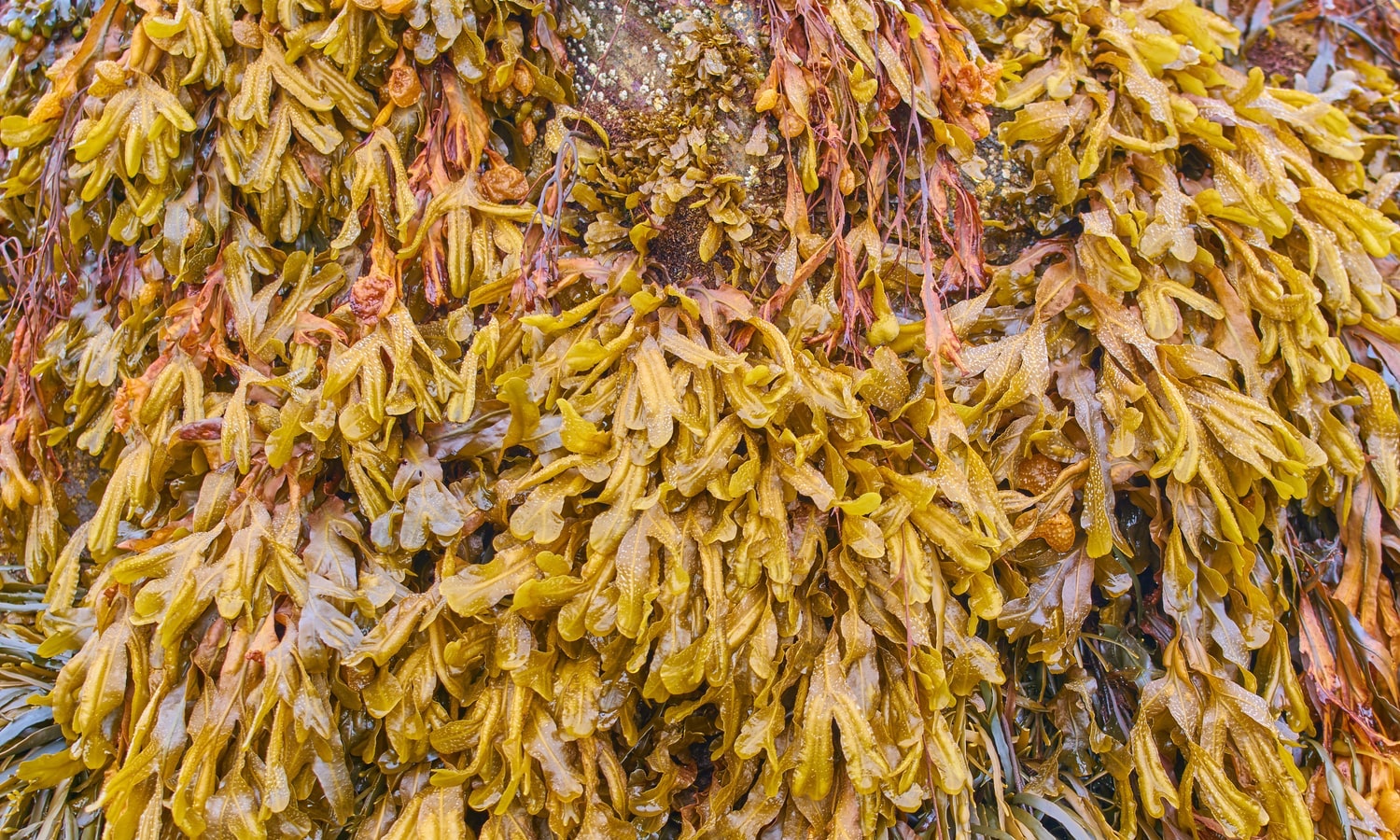India is poised to create up to 1 million new, sustainable jobs in its effort to become a leading global producer of seaweed.
Along its 8,000 kilometer coastline, India grows barely a fraction of the world’s more than 30 million tons of seaweed, according to research published in Botanica Marina. With an investment of about ₹640 crore (US$86.8 million), India hopes to increase seaweed production to at least 1 million tons a year by 2025.
The investment is part of India’s Pradhan Mantri Matsya Sampada Yojana (Blue Revolution) Scheme. Passed by the government in May 2020, the scheme will “bring about a Blue Revolution through sustainable and responsible development of a fisheries sector in India,” Secretary of the Department of Fisheries Dr. Rajeev Ranjan tells Food Tank.
Often used for food, medicine, and fertilizers, seaweed is also becoming more popular worldwide, according to the World Bank and U.N. Food and Agriculture Organization (FAO).
The ₹640 crore will fund seaweed seed banks, nurseries, tissue culture units, processing and marketing units, as well as skill training and business cultivation.
These investments will increase the number of environmentally sustainable job opportunities, wages, and the availability of protein and other nutrients for Indians, according to Dr. Yugraj Yadava, Director of the Bay of Bengal Programme (BOBP), a program supporting aquaculture industries around the Bay.
“With the money [the Scheme] can provide, and with the technical support and hand-holding, I think it can open up excellent opportunities for rural youth,” Yadava tells Food Tank.
The Blue Revolution intends to fund cottage and cooperatively owned seaweed businesses. Women and women-headed households will be a primary funding focus, Ranjan tells Food Tank.
The Blue Revolution is also investing in opportunities for business incubation and Fish Farmer Producer Organizations that will increase bargaining power for fishers and seaweed farmers.
Ranjan explains it is also a priority for the Department of Fisheries that “the seaweed cultivators and processors can afford the products they created.” He tells Food Tank that a new seaweed industry could create up to 1 million new jobs.
BOBP also expects the jobs to impact regional migration, Yadava explains. As a result of COVID-19, “Several million semi and unskilled workers have moved from cities to their homes in rural areas and it is not certain how many of them would ever return to the cities,” Yadava tells Food Tank. He hopes that the emerging seaweed sector will encourage workers to stay in these rural and support rural economies.
India is also prioritizing the seaweed industry for its environmental benefits. According to Yadava, Indian fishers are harvesting oceanic resources at unsustainable levels. But a study from the College of Fisheries Science, Junagadh Agricultural University finds investing in seaweed production can help Indian stop overfishing.
“From the environment point of view, seaweed perhaps is the most sustainable and environment-friendly farming activity,” Yadava tells Food Tank. Seaweed cultivation occurs near the shore upon wooden rafts. This practice therefore neither impacts the coastal soils nor interferes with other wildlife or aquaculture, Yadava explains.
This is not India’s first attempt at an agricultural revolution. In 1970, Operation Flood, or the White Revolution sought to establish India’s milk industry as a national economic engine by investing in cooperatively owned milk processing facilities nationwide.
Ranjan tells Food Tank that this new Blue Revolution provides “multi-dimensional benefits in terms of conservation of fish stocks, increasing profitability of marine fisheries, employment generation in coastal areas, and moreover safe livelihood opportunity to the marine fishers.”







